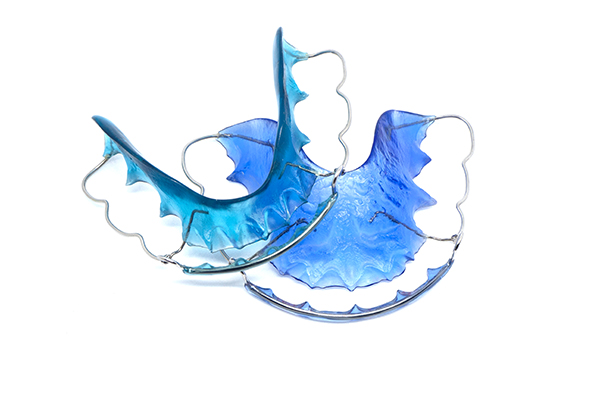What Happens When People Do Not Wear Their Orthodontic Retainers

Many people think that their journey with teeth straightening ends when their braces are removed or they finish their clear aligner treatment but neglecting to wear orthodontic retainers often causes delays in their new, straight smile. Wearing your retainer is an easy step to ensure that you will have a straight smile for the rest of your lifetime. While this advice may seem simple and straightforward, the lack of wearing your retainers is one of the biggest reasons that patients don’t see straight teeth or are dissatisfied with their results.
What are orthodontic retainers?
Before diving into why it’s essential to wear your orthodontic retainer as directed by your orthodontist, let’s explore what exactly these retainers do. Simply put, retainers help you retain the straightening changes to your teeth and bite made with braces or clear aligners. There are many types of retainers. However, the most widely used are permanent and plastic retainers.
Permanent retainers are glued to the back side of your teeth and connect to the front so that your teeth cannot move. This type of retainer must be installed by your orthodontist and can be removed when necessary. In contrast, plastic retainers are molded to fit smoothly over your teeth, like a mouth guard, and are made custom to fit the needs of your teeth. The plastic retainer can be removed to eat and brush your teeth, and your orthodontist will make sure you are comfortable in your retainer and cleaning it.
Why you should wear your orthodontic retainers
Many people neglect to wear their retainers regularly after their straightening treatment ends. However, it is crucial to continue wearing your retainer as your orthodontist prescribes. Permanent retainers take the guesswork out of wearing your retainer as they can only be removed by an orthodontic professional, meaning that you will see the last impact of your teeth straightening. On the other hand, there is the responsibility of the patient to continue to wear their removable retainer.
When a retainer is not worn, teeth begin to move back to their original position, negating much of the results achieved by braces or clear aligners. While everyone’s teeth shift at a different speed, it’s proven that teeth begin to shift directly following the end of straightening treatment. When a retainer is not worn, it’s not only teeth that can shift, but any improvements to your bite will shift as well. When teeth and your bite begin to shift, the results from braces or aligners can disappear.
After weeks or a month of not wearing your retainer, it’s possible to reverse the shifting with a newly fitted retainer. Still, if you neglect to wear your retainer for an extended period, you may have to repeat your straightening treatment at your own expense.
Your orthodontist will ensure that you have a properly fitted retainer and know how to care for it. Wearing your retainer may seem inconvenient, but it is key to ensuring the healthy smile that you achieve through straightening treatment can last a lifetime.
Request an appointment here: https://www.orthodonticprecision.com or call Precision Orthodontics & Pediatric Dentistry at (703) 391-8800 for an appointment in our Reston office.
Check out what others are saying about our dental services on Yelp: Orthodontics in Reston, VA.
Recent Posts
Clear aligner orthodontic therapy is a way to address a range of tooth and jaw misalignments, including but not limited to crooked teeth, overcrowding, gaps between teeth, overbites, underbites, crossbites, and more. This review focuses on clear aligner therapy and the benefits it can provide for patients.Clear aligner treatment is a simple and convenient way…
Many have heard of traditional metal braces, but fewer are familiar with how lingual braces for orthodontic therapy work and the unique advantages they can offer. This review discusses the basics of lingual braces to help you determine if treatment is right for you according to your needs and treatment preferences.Lingual braces are more discreet…
At certain points in life, orthodontic therapy may be more helpful and necessary. Take the adolescent years, for example. At this time of life, people are particularly mindful of their appearance and may feel self-conscious. Teens who have crooked teeth can get relief and get a new, straight smile. A visit to the orthodontist can…
Maintaining the position of the teeth after orthodontic treatment requires the use of dental retainers. Read on to learn about the different types of retainers available. As soon as the braces or aligners come off, your teeth will begin repositioning themselves to where they were before treatment. To avoid relapse, you should use retainers. They…


